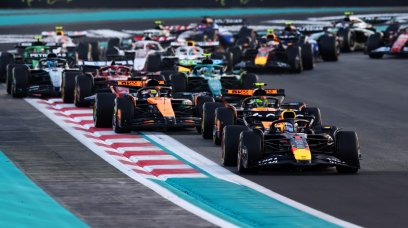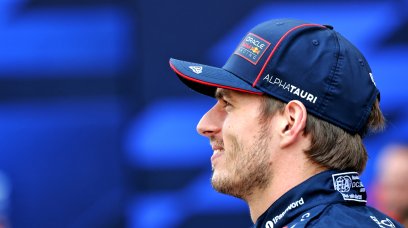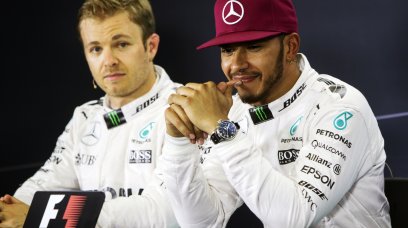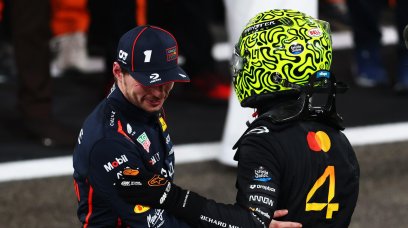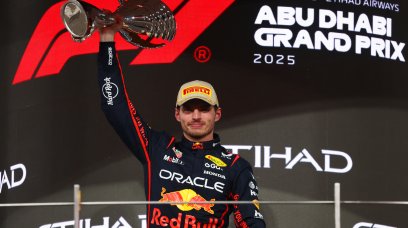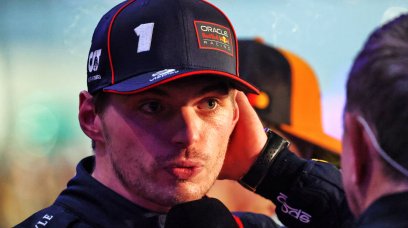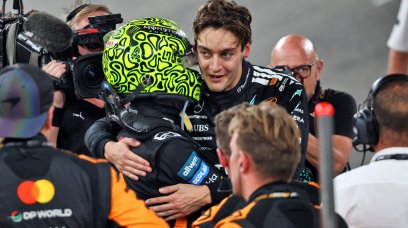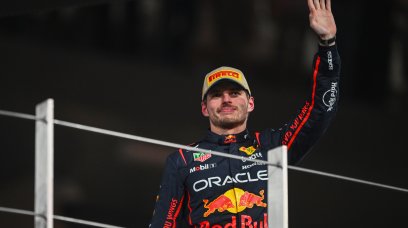To reduce the huge logistical efforts due to the long distance flyaway of the Australian GP, the teams opt not to introduce substantial changes to the cars at this event, postponing them to races closer to their headquarters. Also, this year, the panorama of innovations is rather limited, nevertheless, Red Bull and Ferrari have updated their respective single-seaters. In the case of Ferrari, as anticipated, the floor that had been briefly tested in Jeddah and then shelved was reintroduced. It was mounted in FP1 only on Sainz's car, for a side-by-side comparison with the previous version, which was being used by Leclerc. In the second session it was fitted to both cars, confirming that the change had been deliberate following data analysis which had provided positive feedback. In detail, the latest version is characterised by an arched profile in the centre of the side edge, functional to a more stable centre of aerodynamic pressure and less sensitive to variations in height from the ground. This isn't a solution capable of solving the problem of the high rear tyre degradation, but certainly an intervention in the right direction. The debut of the larger upgrade package is planned at Imola, which is likely to include a modified version of the rear suspension and a further evolution of the floor. In Spain, we should see a new rear profile of the sides, partly inspired by Red Bull.
Red Bull fending off opponents with latest updates
Despite the dominant start to the season in Bahrain and Saudi Arabia, the Milton Keynes team has introduced a brand new front wing on the RB19, and there are three major factors in this new design. The two adjustable flaps are involved, the chord of which has been increased, for greater vertical support. The connection with the endplates, on the other hand, helps create a sort of channel in which the outgoing air flow is diverted outside the wheels, increasing the 'out wash' effect. With the same intent, the outward curvature of the endplates is now more pronounced. Above all, the last two details are changes that are not specific for use on this track, and therefore a more definitive evolution. It is striking how Adrian Newey and Pierre Wachè try, despite the clear superiority of the RB19, to prevent a possible fightback from Ferrari and Mercedes, not underestimating the resilience qualities (read technical capabilities) of the two rival teams. In reality it is an approach linked to a programme of developments that has already been planned for some time, with parts already produced whose effect, albeit marginal, can reinforce the performance gap between the opponents. In fact, in Formula 1 it is correct never to take anything for granted, with performance and reliability inextricably intertwined with each other due to the maximum extremes of projects with miniaturized components to save weight; of which the RB19 is the most excellent example.
Most read
